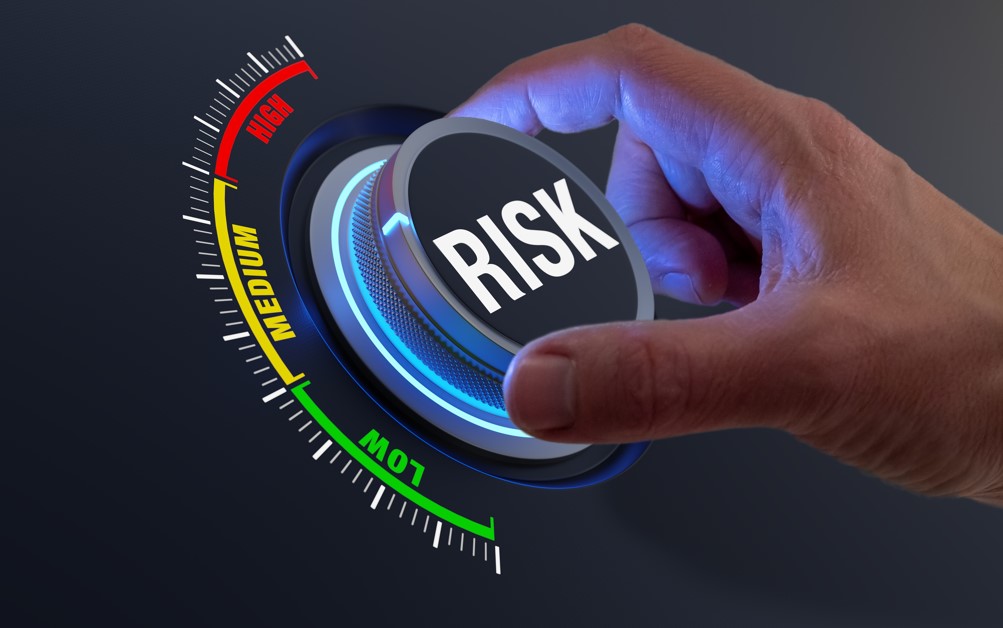Since they came into force in 2019 The Public Sector Bodies (Websites and Mobile Applications) (No. 2) Accessibility Regulations 2018 (PSBAR)) have been effective in highlighting the need to treat accessibility as a serious responsibility. These regulations have reinforced the obligation to make reasonable adjustments to digital content that the Equality Act 2010 established.
The transparency and scrutiny that publishing an accessibility statement requires has raised awareness of the barriers that many with accessibility face when engaging with public sector bodies.
Education
In education the PSBAR have provided the opportunity to revisit how someone with accessibility needs interacts with a college or university when entering into the process of applying to become a student. It also challenges us to rethink the student (and staff) experience for those with accessibility needs. In particular, the regulations have emphasised the significance of incorporating “inclusive design” from the outset when planning the introduction of systems and processes that learners and others are required to engage with.
Whole institution approach and leadership buy-in
The regulations require that “browser delivered” content meets internationally recognised accessibility standards (WCAG). This includes public facing web content as well as “internal only” content such as teaching and learning materials.
No one will say that this is easy.
The changes needed to achieve it are across the institution and “building the plane as you fly it” is an analogy that comes to mind. Systems can’t just be stopped and be rebuilt. Without a whole institution approach great work to support learners in one area can be undermined by something unanticipated and unpredicted. The learner with accessibility needs may be the one to experience the barriers first.
Who ultimately has responsibility for the accessible and inclusive student or staff experience is not always easy to pin down. In dealing with a number of institutions since the accessibility regulations came into force in 2019 our experience is that many institutions have struggled to get buy-in across the organisation. However, when there is strong leadership backing for whole organisation change in terms of accessibility and inclusion, progress can be rapid and effective.
Risk
We don’t like to think of the confrontational side. Supporting those with accessibility needs is after all something that we all know is the right thing to do.
Nevertheless, motivation also comes from the risks that could result from a discrimination claim by someone disadvantaged by systems and information that do not meet accessibility standards.
I have listed below three areas of risk that I think need to be addressed in education. All of these may be very low risk in the education context, but the consequences could be very damaging for an institution.
The areas of risks for an education institution (or drivers) include:
- EHRC (Equality and Human Rights Commission) scrutiny following a report and monitoring by CDDO (Central Digital and Data Office). CDDO are the regulator in terms of the accessibility regulations. Recently we have seen a marked increase in audits by CDDO of education institutions in particular.
- A claim of discrimination – The accessibility regulations make it more straightforward to establish a link between inaccessible content and discrimination. The regulations assist someone who will want to establish causation in a discrimination claim because the regulations state that “… failure to comply with the accessibility requirement is to be treated as a failure to make a reasonable adjustment.”. The risk for an education institution is that an individual learner who has invested in and then failed a course, for example, can now more easily link learning content that does not meet accessibility standards to discrimination.
- Reputational damage – This may result from 1 or 2 above or from commentary on social media, for example, references to learning content not meeting accessibility standards and to some extent is self-explanatory.
All three are undesirable for an education institution even where there are no publicly disclosed large headline fines or penalties for breach of the accessibility regulations as such.
Risk register
It is up to each individual education institution to identify and take into account what it considers risks. Education institutions deal with risk management all of the time and have well established protocols to assess and to mitigate risk. Because accessibility compliance can be considered a business risk and needs ongoing reviewing and monitoring, including accessibility compliance in the corporate risk register is recognised by a number of education providers to be a pragmatic way forward.
Let us know what you think. Is accessibility compliance on your institutions risk register? Would that be a step in the right direction for your college or university?


One reply on “Should accessibility be on your institution’s risk register? ”
[…] Should accessibility be on your institution’s risk register? – Accessibility, assistiv… […]